#wwii airplane
Text

P-38J Lightning aircraft "Yippee" Nicknamed "The Forked-Tailed Devil". 1944
➤➤ VIDEO: https://youtu.be/WCKCmrE2bYg
#youtube#aircraft#airplane#aviation#dronescapes#military#ww2#wwii#documentary#aviation history#ww2 aircraft#wwii airplane#wwii era#wwii history#lockheed#p38#p 38 lightning#warbird
225 notes
·
View notes
Text
Tailspin Tapestries: The Colorful Faces of WWII Aircraft 🃏
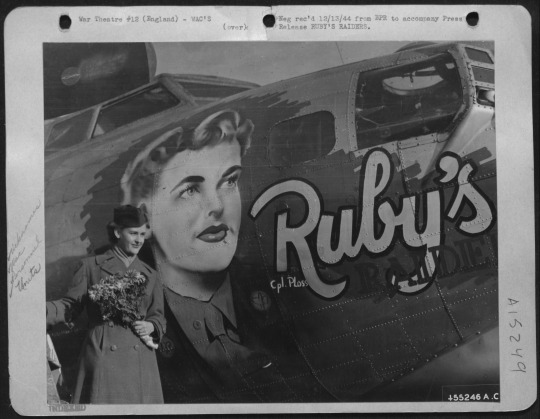


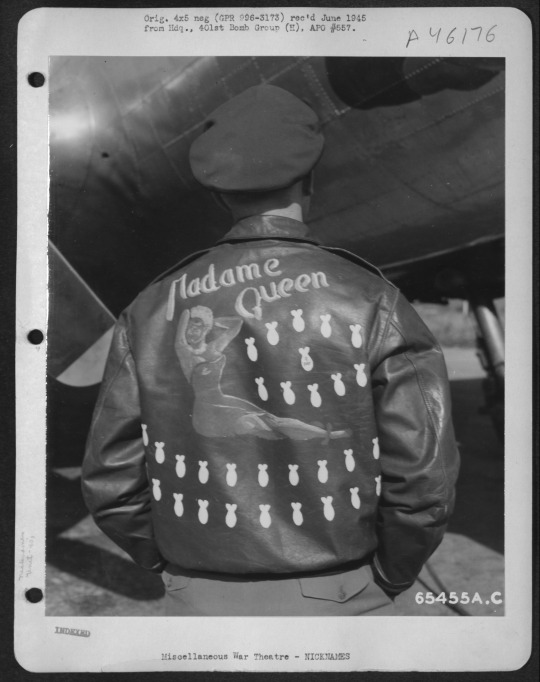
Nose art, the decorative painting or design on the fuselage of military aircraft, has a storied history that peaked during World War II. This vibrant, often cheeky artwork served as a morale booster for the crew, adding a personal touch to the grimness of war and providing a sentimental tie to the home they were fighting to protect. The practice traces its origins to Italian and German pilots in World War I, but it was during World War II that American airmen embraced this form of expression with unparalleled creativity.


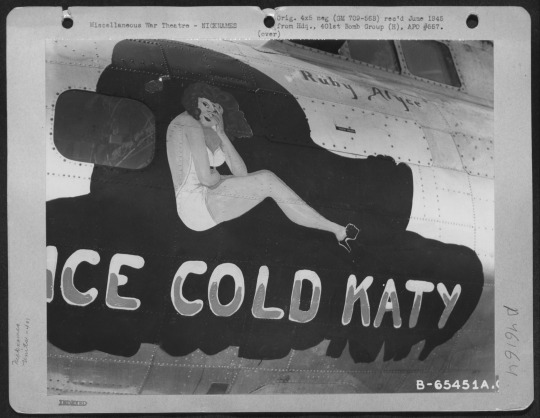

World War II represented the golden age of nose art, with American crews stationed in Europe and the Pacific leading in creativity. Artworks ranged from ferocious animals and cartoon characters to pin-up girls and patriotic symbols, each with a unique name that reflected the aircraft's character, the crew's aspirations, or an inside joke among the squadron. Names like "Memphis Belle," "Enola Gay," and "Sack Time" became as legendary as the aircraft themselves, symbolizing the spirit of the crew and their mission.




Nose art was crucial to boosting morale among crew members, providing a sense of individuality and ownership over their aircraft in an otherwise regimented and dehumanizing environment. This artwork fostered an emotional attachment to their planes, with each piece a vivid manifestation of the crew's bond. It represented a piece of home and personality in foreign skies, a reminder of what they fought for and the camaraderie that sustained them.


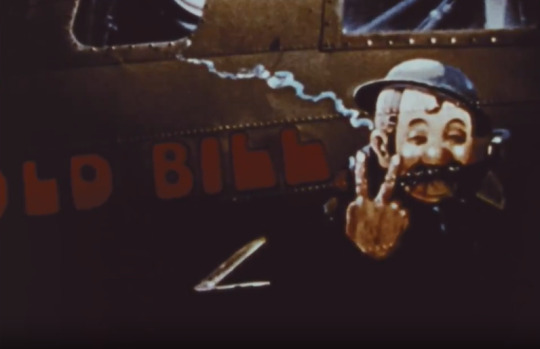
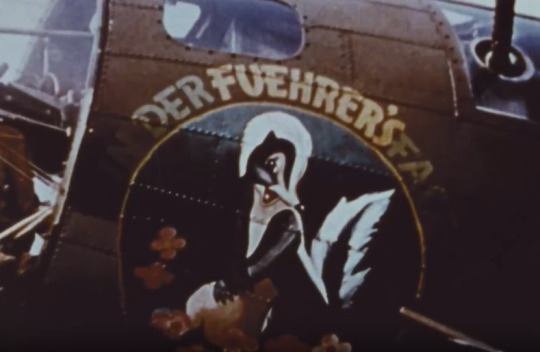

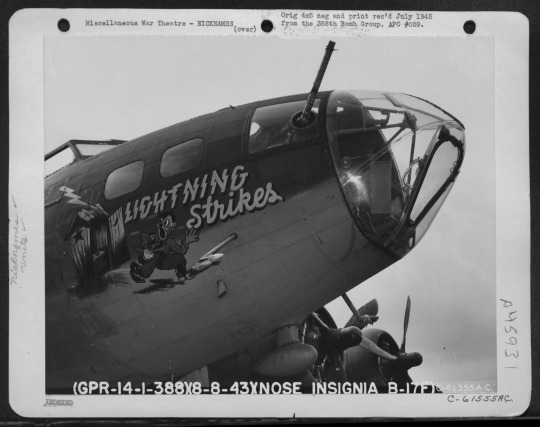

The subject matter of nose art varied widely, reflecting diverse personalities within the crews. Cartoons and comic characters like Donald Duck and Bugs Bunny were favorites for their humor and relatability. Artwork also featured fierce sharks, tigers, and eagles, symbolizing the aircraft and crew's power and aggression.
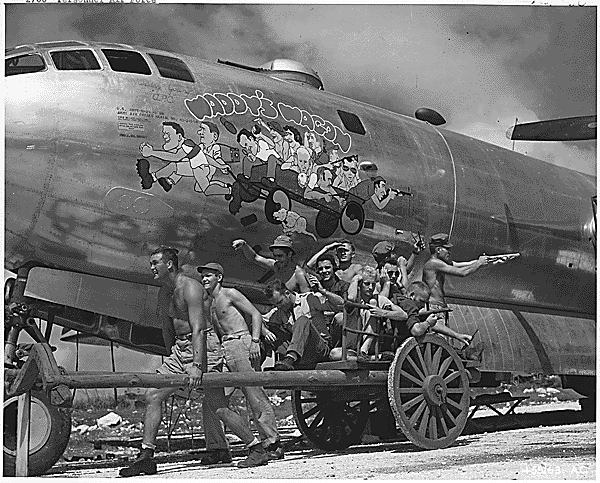

Many nose art pieces were painted by the crew members themselves, though some squads had designated artists. Individuals like Don Allen, who painted nearly 100 pieces of nose art, were celebrated for their contributions. Using whatever materials were at hand, these artists created masterpieces under challenging conditions, showcasing remarkable ingenuity and talent.

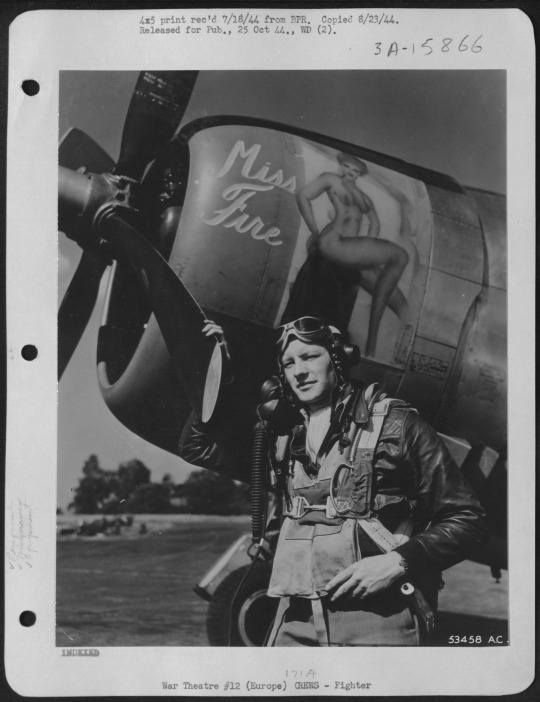
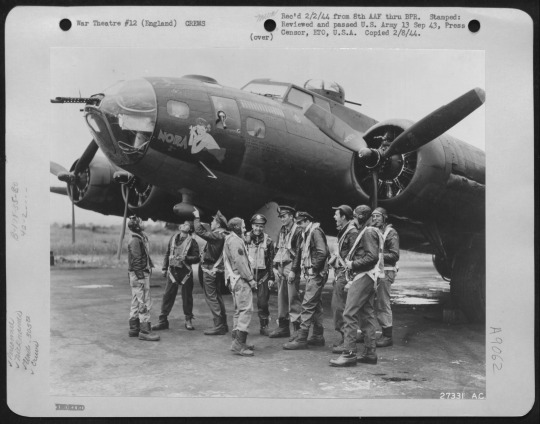
The practice of nose art declined after World War II, largely due to stricter military regulations and the evolving nature of warfare. However, its legacy endures, captivating historians, veterans, and enthusiasts. World War II nose art remains a powerful reminder of the human element amidst war's machinery, a colorful testament to the resilience, creativity, and spirit of those who served.
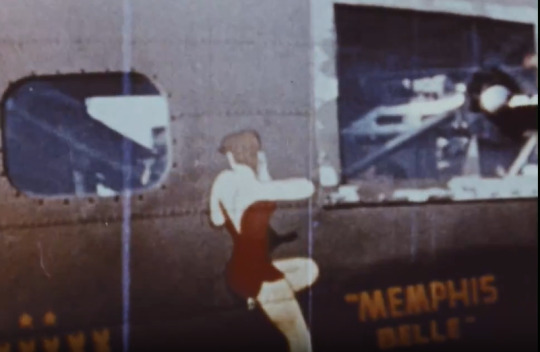




The National Archives holds a treasure trove of photographs featuring this iconic nose art, often discovered in ordinary crew photos where the art itself isn't the primary focus of the image. This creates a fascinating treasure hunt for enthusiasts and researchers alike, offering glimpses into the past where this artwork accompanies stories of bravery, camaraderie, and the personal touches that made these aircraft more than just machines of war.
More resources on the National Archives website and Catalog:
https://nara.getarchive.net/topics/nose+art
https://www.archives.gov/research/military/ww2/photos
482 notes
·
View notes
Text
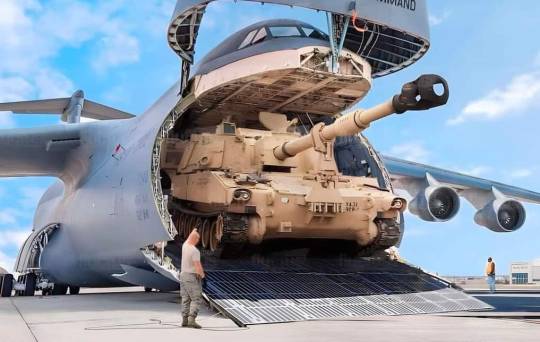
353 notes
·
View notes
Text

Two workers attaching a Pratt & Whitney R-2800 Double Wasp onto a F4U Corsair at the Chance-Vought factory in Stratford, Connecticut.
Date: March 1943
NARA: 179036630
#Vought F4U Corsair#Vought F4U#F4U Corsair#F4U#Corsair#Fighter#Aircraft#Airplane#United States Navy#U.S. Navy#US Navy#USN#Navy#World War II#World War 2#WWII#WW2#WWII History#History#Military History#Chance-Vought Factory#Factory#Stratford#Connecticut#March#1943#color photo#my post
258 notes
·
View notes
Text

P-40 Warhawk
219 notes
·
View notes
Text

287 notes
·
View notes
Text

North American P-51B Mustang, Lt Neil Wyk at Debden, England
282 notes
·
View notes
Text
During WWII, there was no way to tell what an aircraft was without visually identifying it. Airplane Spotter Playing Cards were first issued in 1943 to help familiarize yourself with the various aircraft you might see during that time period whether it be of the Axis Powers or Allies. Considering playing card games were extremely popular for air combat crewman, this was a more entertaining way learning to distinguish them.

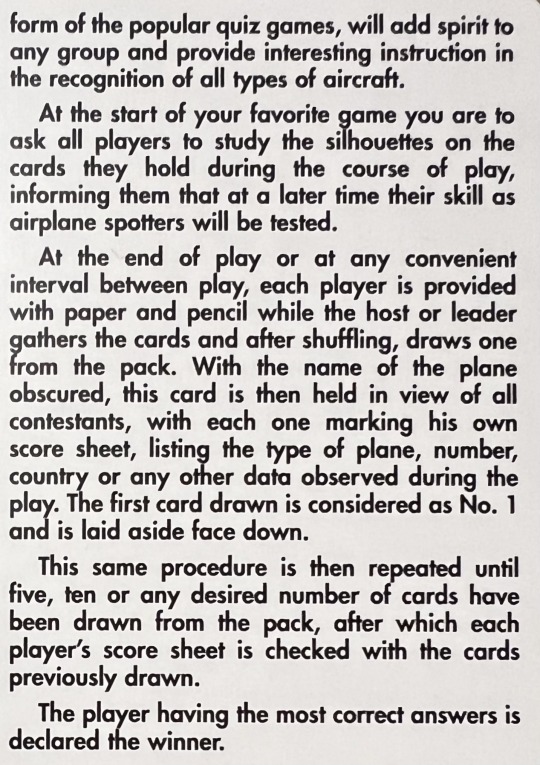
Every card in the deck is unique, depicting three different views of the aircraft as though you were observing from the side, from head on, or from the ground.
Now, I own a deck of these spotter cards, and given my recent infatuation with Masters of the Air I just had to find the B-17 Flying Fortress. I flipped through card after card after card in this deck that was in fact shuffled from the last time it was used (I swear on the skies), and low and behold the second to last card was the Ace of Spaces. It felt fitting, not because the B-17 was the best bomber or anything, it just felt right.

#it would have been way cooler if it was the last card but I’m no liar 😤#wwii#airplanes#aviation#airplane spotter cards#wwii airplane spotter cards#playing cards#b-17 Flying Fortress#masters of the air#mota
55 notes
·
View notes
Text
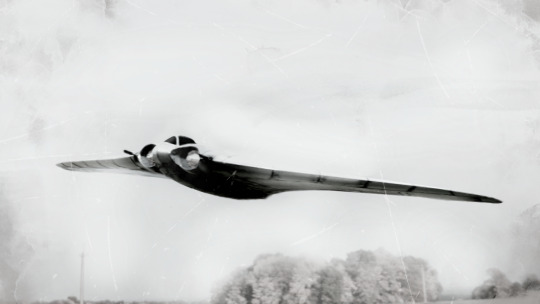


Ho-229 Commission for Sovietrainbow!
Learned a lot and got to experiment with different ways of approaching a workflow to producing a model!
Also a bit of post processing lol
#art#my art#3d modeling#3d art#3d model#3d#3d render#blender#airplane#aircraft#horton#ho-229#fighter jet#second world war#world war 2#wwii
55 notes
·
View notes
Text

The Germans called these "der Gabelschwanz Teufel" – the Fork-tailed Devil.
#vintage ad#advertisment#vintage ads#advertising#p 38 lightning#fighter plane#airplane#wwii#funny#humor#humour
107 notes
·
View notes
Text

"CONGO 65" departs Marana Airport in Arizona carrying Jumpers from the USAFA
#USAFA#United States Air Force Academy#De Havilland#Canada#DHC-6#Twin Ottor#98th Flying Training Squadron#skydiving airplane#skydiving aircraft#Jump Plane#WWII heritage#D-Day livery#Marana#Arizona
26 notes
·
View notes
Text
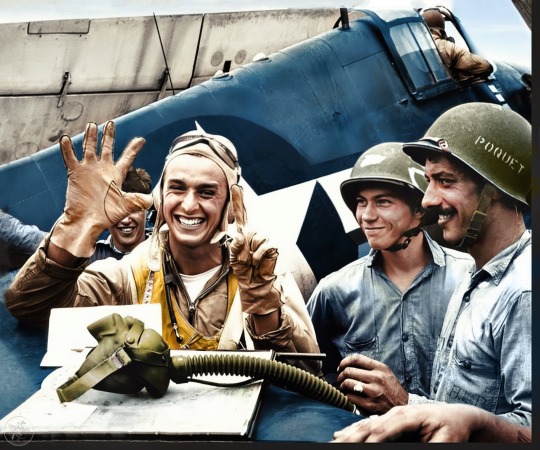
‘Hell, this is like an old-fashioned turkey shoot.’ On board the aircraft carrier Lexington, Lt. j.g. Alexander Vraciu holds up six fingers to signify his "kills" during the "Great Marianas Turkey Shoot" on 19 June 1944.
#youtube#aircraft#airplane#aviation#dronescapes#military#ww2#wwii#documentary#aviation history#turkey#turkey shoot#Vraciu#colorized#circa 1944#ww2 aircraft#ww2 pilot#ww2 history#wwii airplane#wwii era#wwii history#Marianas#aircraft carrier
267 notes
·
View notes
Text
World War II Aviation Propaganda Posters: When Art Took Flight in the War Zone 🛩
If you think memes dominate the digital age, buckle up! During World War II, aviation propaganda posters were the OG memes, taking the skies and the hearts of people below. The powerful images and slogans displayed on aviation propaganda posters aimed to mobilize, inspire, and boost morale.
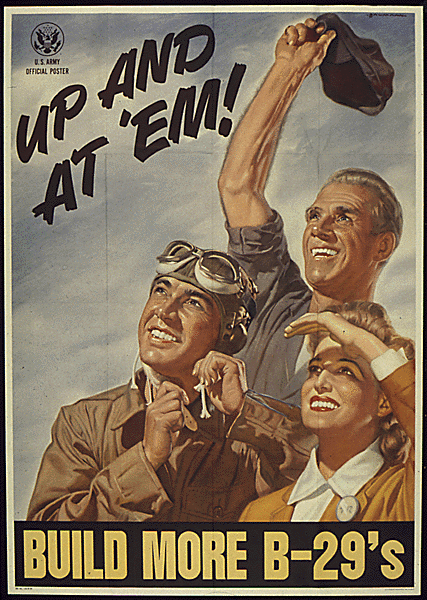
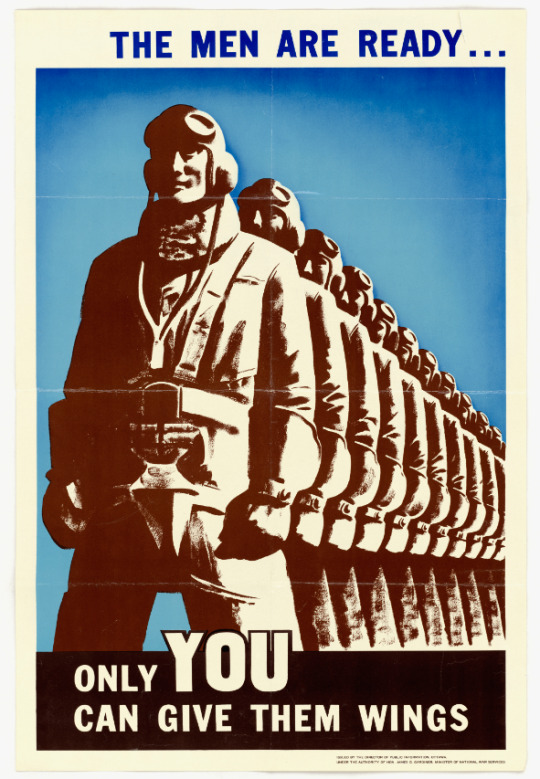
Before Top Gun made flying cool, WWII posters did it first! Many posters targeted potential pilots and ground crew, emphasizing the honor and heroism of joining the air force. The U.S. Army Air Forces, for instance, frequently used images of sleek aircraft, proud pilots, and epic aerial battles to inspire young men to enlist.

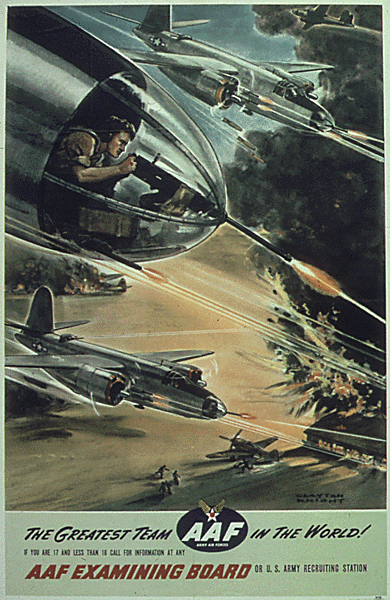
Aviation propaganda was also used to encourage the public to purchase war bonds. These posters linked the success of the air force directly to civilian financial support. A classic example from the U.S. shows an imposing B-17 bomber with the caption "Keep 'Em Flying! Buy War Bonds."

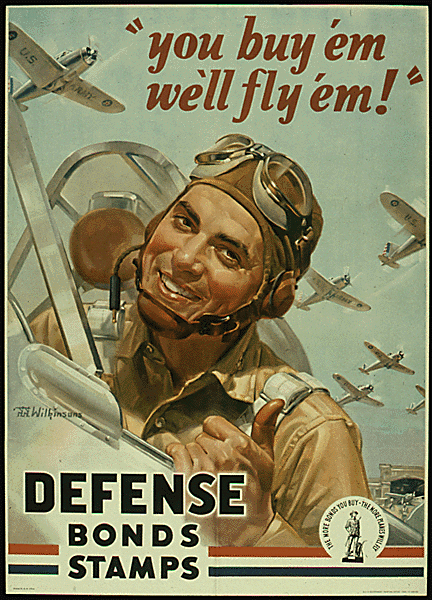

With many men on the frontlines, women's roles evolved. Posters showcased women building aircraft, highlighting their essential contribution to the war effort. The iconic "Rosie the Riveter" may be the most famous image from this category, but numerous other posters conveyed similar messages.


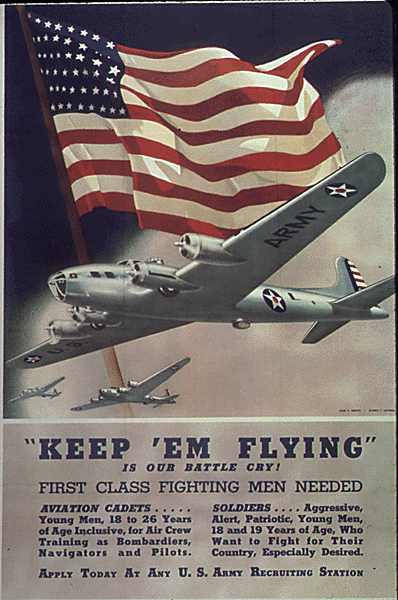
World War II aviation propaganda posters were more than mere pieces of art. They were tools used to shape public opinion, motivate enlistment, ensure security, and raise funds. These iconic images not only provide a fascinating glimpse into wartime sentiments but also reflect the broader social, political, and cultural shifts of the era.
286 notes
·
View notes
Text
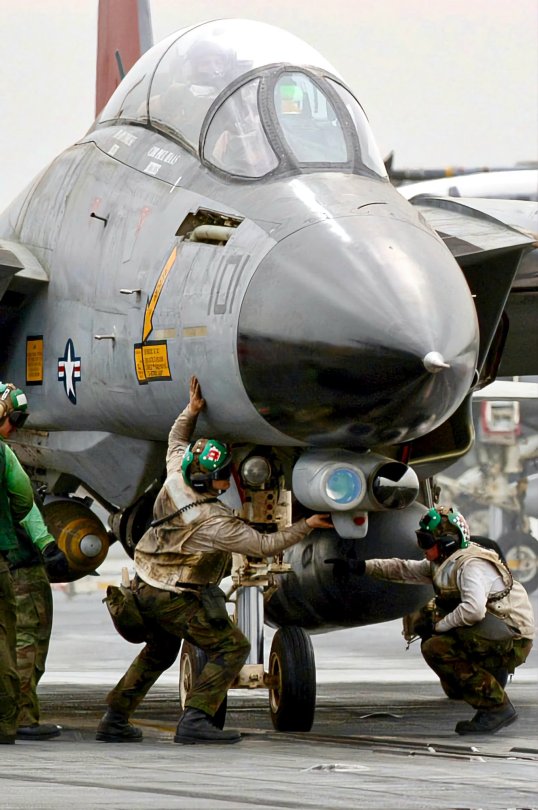
170 notes
·
View notes
Text
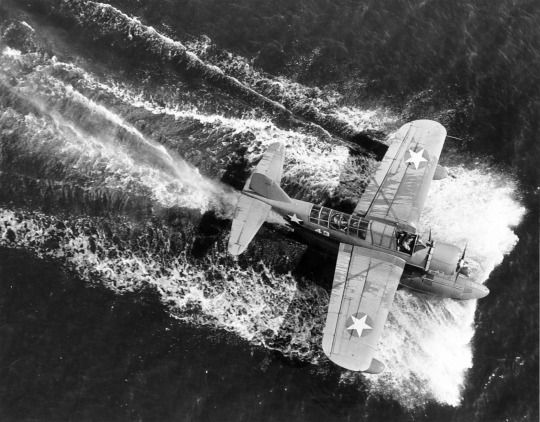

Vought OS2U Kingfisher taxiing after making a water landing near Naval Air Station Jacksonville, Florida.
Date: March 1943
United States Navy National Museum of Naval Aviation: link, link
#Vought OS2U Kingfisher#OS2U#Floatplane#Observation Plane#Seaplane#Spotter Plane#Aircraft#Airplane#United States Navy#U.S. Navy#US Navy#USN#Navy#World War II#World War 2#WWII#WW2#WWII History#History#Military History#Naval Air Station Jacksonville#Jacksonville#Florida#March#1943#my post
102 notes
·
View notes
